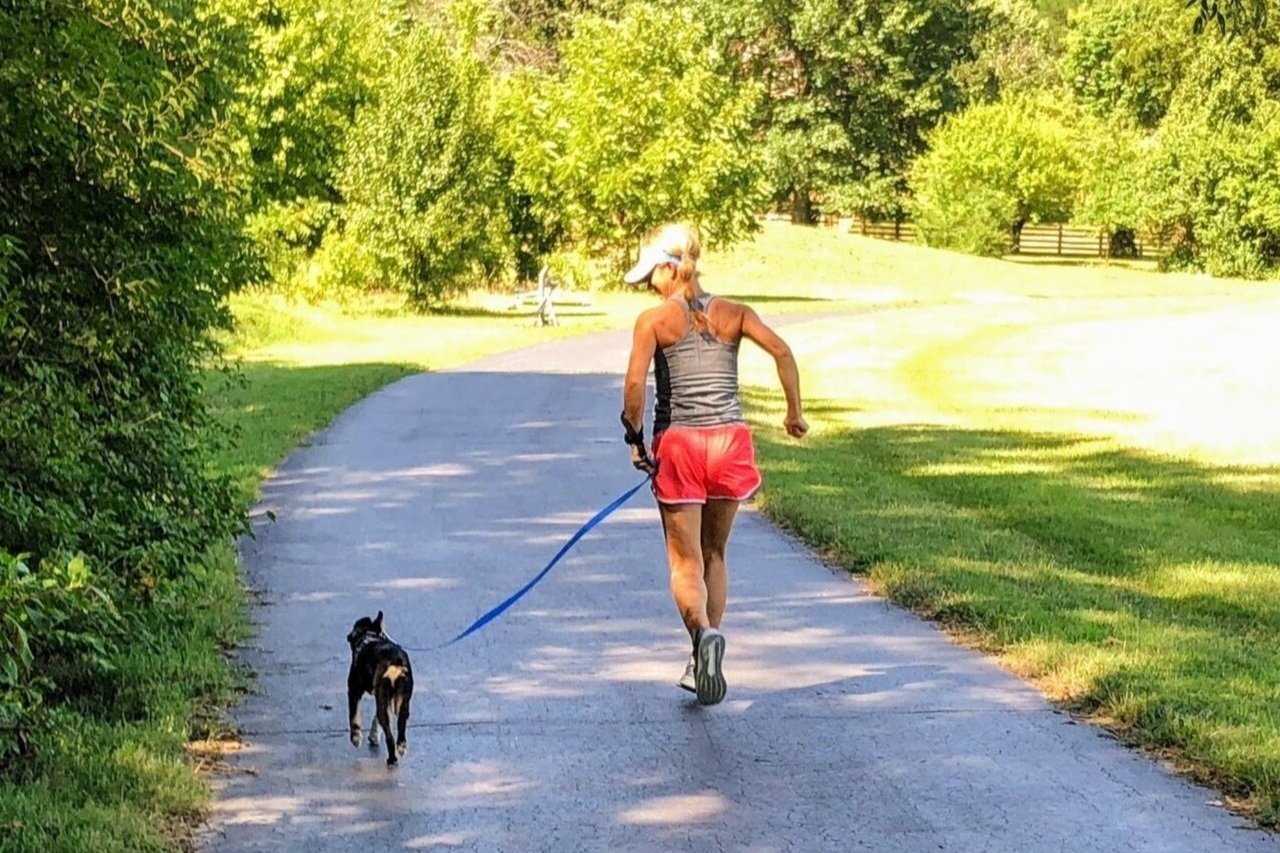Just because we can, doesn’t mean we should! We may have the ability to lift the laundry basket and carry it up a flight of stairs or run ten miles, but without proper body mechanics and stability, injury can ensue.
Prevention and rehabilitation from injury involve addressing mobility, strength, and balance. We discussed mobility last week. Achieving proper mobility of the tissues doesn’t ensure safety. In fact, some people have too much mobility but can’t support the joints or get power from their muscles. This causes them to compensate elsewhere and/or fail to support the joints. This is when injury can occur.
Let’s use another rubber band analogy. Imagine shooting an older rubber band that is super stretched out, maybe even saggy or brittle. When we pull back on it, the band stretches only a bit. The rubber band has lost power and elasticity, and it will not fly very far. Its mobility is useless because it lacks integrity.
In our mobility article we discussed how people who sit for long periods of time at desk jobs, lose mobility in key muscles on the front of the body with sitting. The opposite is true for the muscles on the backside of the body, namely the glutes (bum muscles). If poor posture is involved, the muscles of the back and the front of the neck elongate as well. These muscles are like the rubber band: they become too long and weak. As a result, they do not provide adequate support (stability) during activities like walking with the dog, kicking the ball with the kids, and playing sports. This is when injury is possible.
Many activities that involve holding a position for a long time can cause muscle imbalance and reduced stability. For example:
Wearing high heels often or for an extended period of time. This creates a long term stretch for the muscles at the bottom of the foot and front of the hip. These lengthened muscles weaken when engaging in activities like walking the dog, running, climbing steps, and attending exercise classes. Injuries such as pain in the lower back or the bottom of the foot can surface.
Participating in triathlons, as mentioned in our mobility article. Being in aero position for 100 miles stretches the back muscles and glutes for hours. These lengthened muscles are needed to support the back, and for power with push off for the 26.2 mile run segment.
Patients recovering from abdominal surgery, such as a cesarean section. It takes time for abdominal muscles and tissues to heal from surgery. Gradual strengthening is required. These weakened muscles cannot support the spine adequately for activities of daily living, including bathing and lifting the baby, or even walking. Injury of the back and hips can occur.
One of the first things I assess when evaluating a patient is how they move. I look for faulty movement patterns that could cause injury or worsen a current injury. Poor mobility or lack of stability (or both) may contribute to the problem. I attack a lack of stability with progressively challenging dynamic and functional exercises within the patient’s tolerance. I like to use a combination of proven exercises, with exercises that I create and personalize to each unique patient and case. When pain is contributing to weakness, neurological dry needling can be helpful. Active Release Technique may also be used to treat injured joints and ligaments that result from lack of stability.
Faulty movement patterns can also be the result of poor proprioception and balance. Stay tuned for more on that in our next post!
About Physical Therapy. Physical Therapy addresses function in daily lives whether it’s our ability to unload the dishwasher, walk without a limp, or run an ultra marathon. Physical therapists work not only with injured patients but also preemptively with patients to prevent injury. This can prevent long periods of pain and time off of sports and work. Periodic PT visits focusing on prevention save time and money on the higher frequency therapy appointments required with chronic injury.









